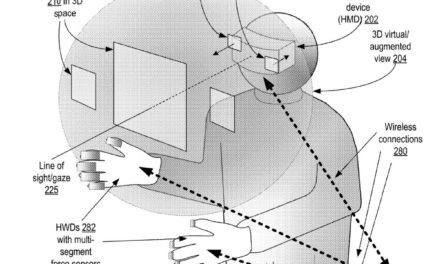Research shows a shrinking gap between TV and online news consumption. Karla Jo Helms, founder and CEO of JoTo PR, says this digital disruption is changing news media, advertising and PR. She adds that Americans increasingly gravitating online for news and entertainment:
° 2016 to 2017 marked a shift in how consumers “often” get their news: TV fell from 57% to 50%, while online climbed from 38% to 43%.
° The proportion who “often” or “sometimes” get news from social media rose from 44% to 47%.
° As of 2017, online advertising outsold TV commercials by $15 billion; by 2021, that gap is projected to widen to $41 billion.
“Although free and easy access to online news has been a boon for consumers, it poses growing challenges for businesses,” Helms says. “Traditional media outlets are facing stagnant or declining revenues as online sources draw more viewers, readers and advertising dollars, while companies are having to invest more money and effort to promote themselves across multiple disparate channels.”
She adds that trust, credibility and brand reputation have also become an increasing concern in the online channel; anyone with an agenda can self-publish and potentially have their posts go viral. Social media giants have faced mounting pressure to take accountability for the content published on their platforms, and some are taking steps toward greater transparency. On May 15, Facebook published its first-ever Community Standards Enforcement report and announced that in quarter one of 2018, it had shut down 583 million fake accounts.
Helms calls for continued pressure on social media providers to improve accuracy, accountability and transparency. She also advises traditional media to focus on developing and monetizing cross-channel content, and counsels businesses to strive for agility.
“Businesses should continually reassess and adjust their approach to advertising, promotions and public relations. … What worked well last year might be hopelessly outdated by next year, so it’s critical to stay abreast of changing trends and adapt accordingly,” Helms says.
The accompanying photo is courtesy of iStock.




